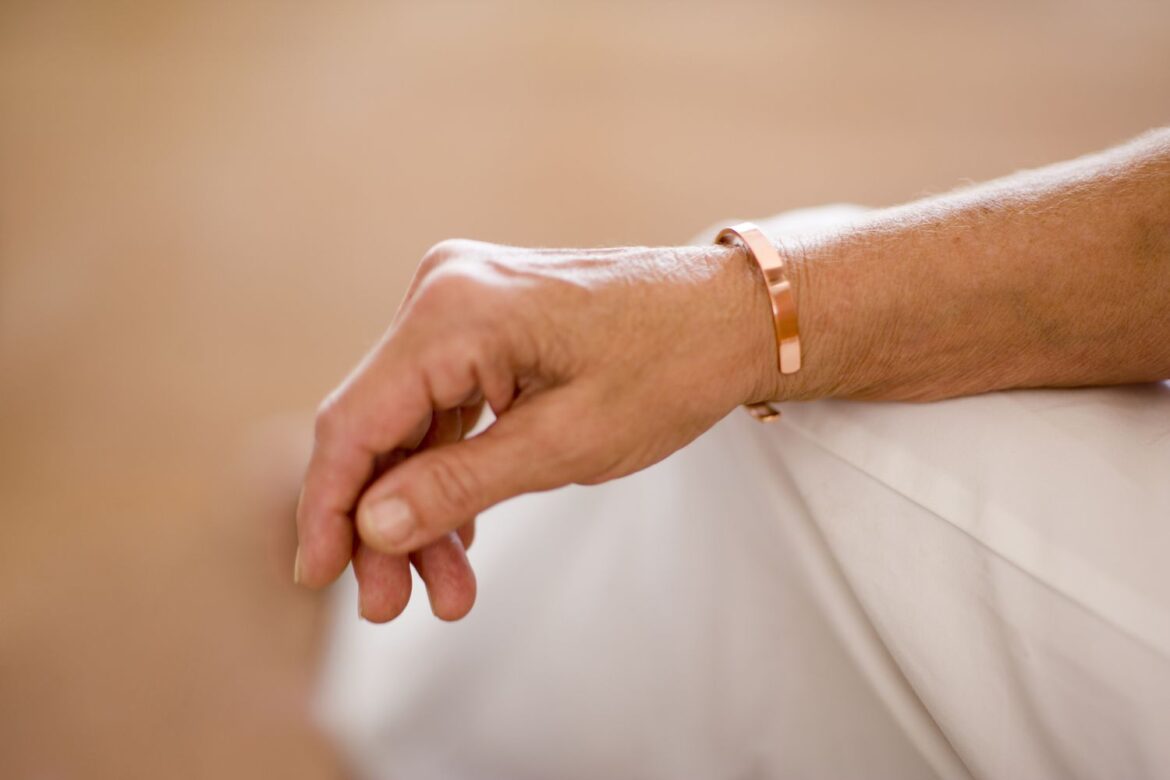
A variety of illnesses that result in joint pain and inflammation are together referred to as arthritis. It’s a global problem that affects millions of people. Although there isn’t a cure, there are therapeutic alternatives that can help control symptoms and enhance life. Are copper bracelets really that beneficial as an alternative treatment for arthritis? Let’s investigate what the study has to say about the science underlying these wristbands.
The Allure of Copper Bracelets
The theory underlying copper bracelets for arthritis is that the disease is exacerbated by copper deficiencies. Wearing a copper bracelet, according to supporters, allows the metal to be absorbed via the skin, lowering pain and inflammation. Some further propose a topical action, in which the copper acts on pressure points close to the wrist to alleviate discomfort.
What Does Science Say?
Regrettably, there isn’t much scientific data to support the effectiveness of copper wristbands in treating arthritis. Extensive research has not demonstrated a discernible difference in symptoms when compared to a placebo.
- Restricted Absorption: Studies indicate that wearing bracelets may have a low amount of copper absorbed via the skin. The main ways that our bodies control copper levels are through food consumption and excretion.
- Weak Theories: There is no evidence to support the hypothesis that arthritis is caused by a copper shortage. Although copper is necessary for healthy bones, deficiencies are rare and seldom cause joint discomfort.
- Placebo Effect: Wearing copper bracelets may cause some people to feel as though they have less discomfort overall. This could be the result of the placebo effect, a psychological occurrence in which treatment efficacy is not significant but treatment belief produces a felt benefit.
Here’s a breakdown of some key studies:
- In a double-blind clinical experiment conducted in 2013, rheumatoid arthritis patients were randomized to either copper wristbands, magnetic bracelets, or a placebo. There were no discernible variations in stiffness, edema, or discomfort across the groups, according to the research [1].
- The arthritic Foundation’s analysis found no evidence to support the use of copper wristbands in the treatment of arthritic symptoms [2].
Safety Considerations
Although most individuals find copper bracelets to be safe, there are a few considerations to consider:
- Skin irritation: Prolonged contact with copper can cause skin irritation in certain people, especially those with sensitive skin.
- Copper Toxicity: Consuming too much copper can be hazardous. Wearing a bracelet alone, however, is unlikely to do this because there is little absorption.
Wearing a copper bracelet should cause no pain or irritation; instead, stop using it and see a doctor.
So, Should You Wear a Copper Bracelet for Arthritis?
In the end, the choice is yours. In general, copper bracelets are affordable and safe. It could not harm to give one a try if you’re inquisitive. But it’s important to control expectations. Their efficacy in treating the symptoms of arthritis is unsupported by science.
Alternative Approaches for Arthritis
With your physician, you can discuss any of the following evidence-based options if you’re looking for arthritic pain relief:
- Drugs: Symptoms can be considerably reduced by over-the-counter analgesics, prescription medicines, and disease-modifying antirheumatic therapies (DMARDs).
- Physical Therapy: By improving joint strength, flexibility, and mobility, exercises and physical therapy can lessen pain and stiffness.
- Weight management: Reducing stress on joints, particularly weight-bearing joints like the hips and knees, can be accomplished by maintaining a healthy weight.
- Lifestyle Adjustments: Using braces or other supporting devices, heating treatment, ice packs, and getting enough sleep are all helpful in managing pain.
- alternative Therapies: Although data on the effectiveness of alternative therapies, such as massage therapy and acupuncture, is lacking, copper wristbands may provide some pain relief.
The Takeaway
Bracelets made of copper are still an untested arthritis treatment. Although some people may report experiencing a placebo effect, their efficacy has not been proven by science. It’s wise to approach copper bracelets with reasonable expectations if you’re thinking about getting one. See your doctor if you’re experiencing arthritic symptoms so you can learn about evidence-based treatment choices that can enhance your quality of life and offer much-needed comfort.


